April 3, 2025
Letters from Indochina (Part 4)
By Simon J. Lau
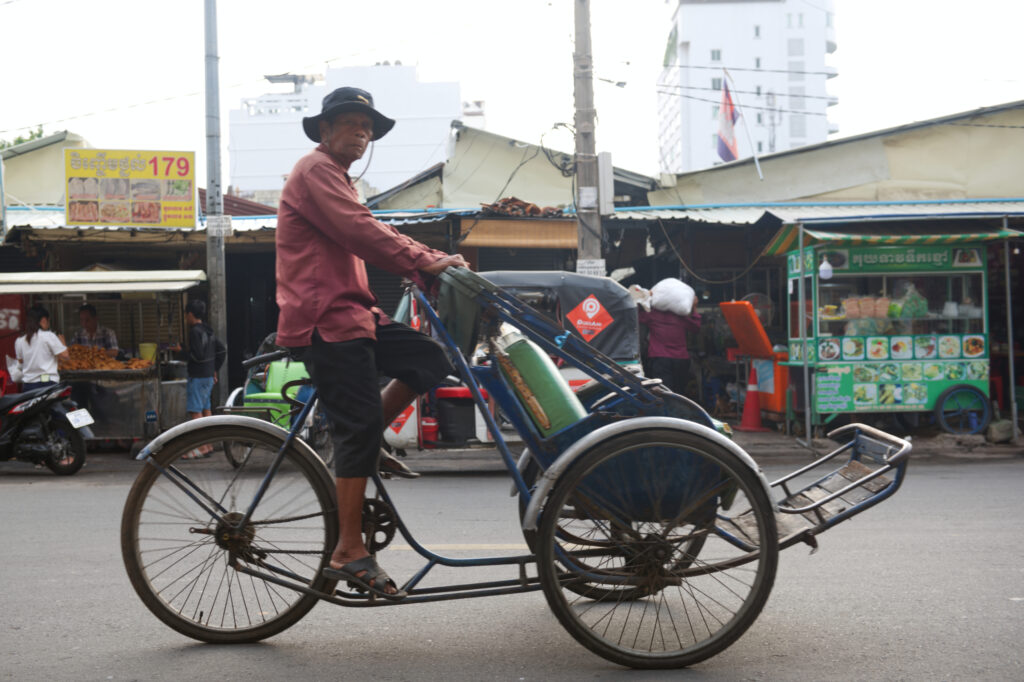
As a farewell to Phnom Penh, I went on one last photo walk. I found a busy street in front of Kandal Market, a local open-air market, tucked myself behind a parked car, and started photographing passersby as they walked, biked, and motorbiked past. I caught a neat shot of a rickshaw just as the rider cruised by. It’s not the sharpest photo I’ve ever taken, but I liked that he turned his head right as I hit the shutter. I love capturing people’s natural, unfiltered expressions—those fleeting little moments when they either don’t know, or have just realized, they’re being photographed.
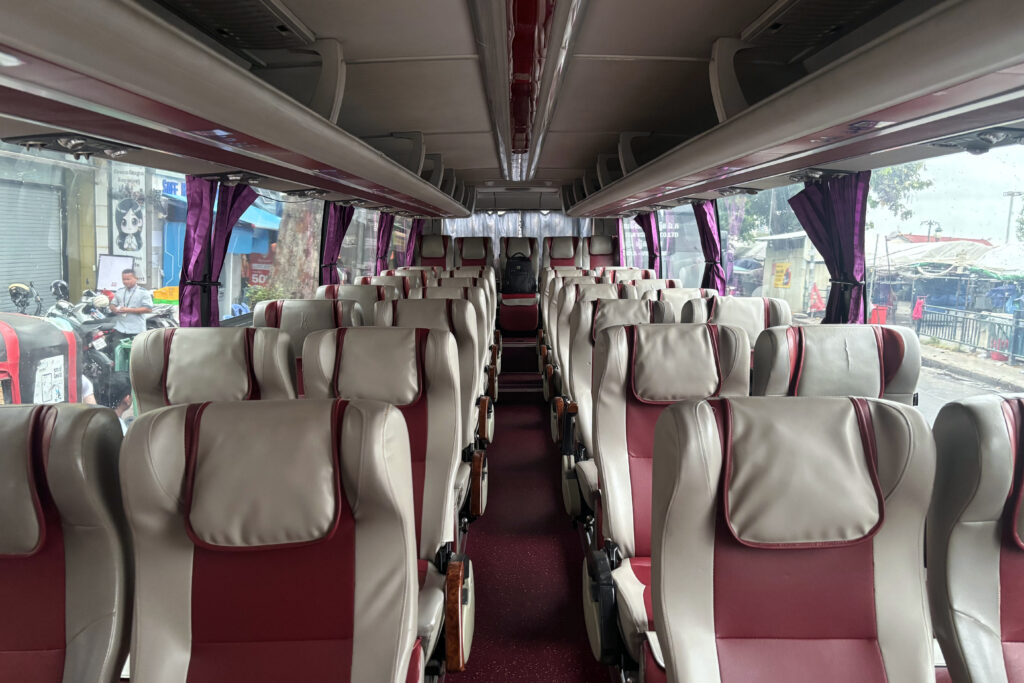
After that, I packed my bags and hopped on a six-hour bus ride to Battambang. There’s a daily bus that runs between Phnom Penh and Battambang, but since it’s the off-season, there were only four passengers on board today (including me). Even though we had assigned seats, the driver told us, “You can sit anywhere.” I stuck with my assigned seat anyway, but it was nice having the space next to me free for my bags. I didn’t expect it, but the seats almost fully reclined, which made the ride surprisingly comfortable—and perfect for napping.
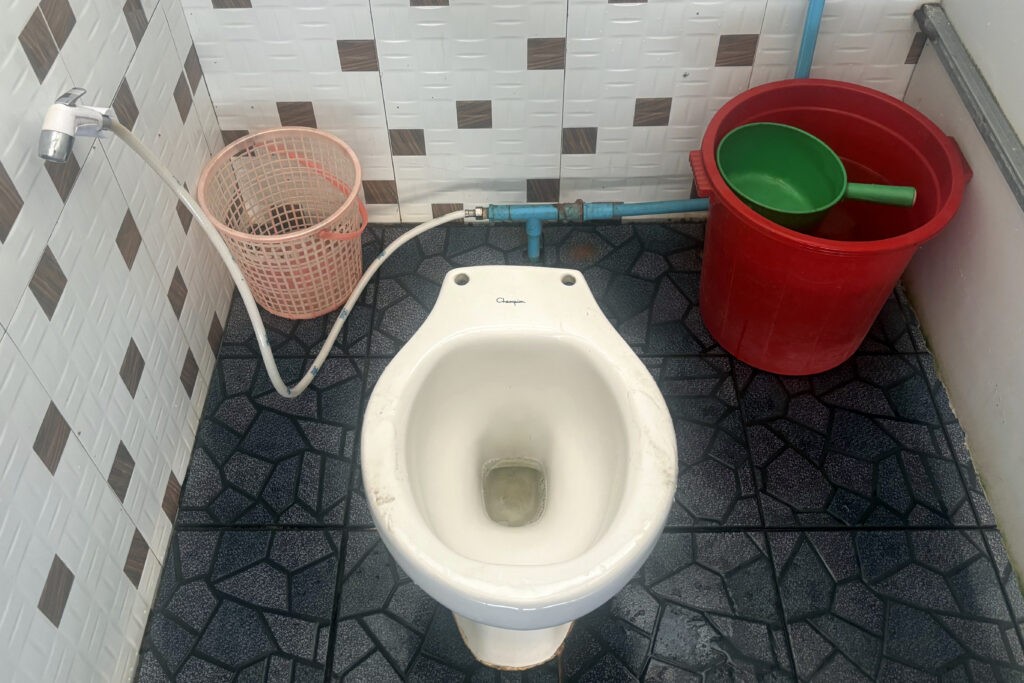
Our rest stop was at a small roadside establishment with bathrooms, a mini-market, and a few restaurants. The toilets were oddly arranged—I stood there for a minute trying to figure out how to flush. Eventually, I realized I had to scoop water from the red tub in the corner and pour it into the toilet to flush it manually. Still, better than a squat toilet.
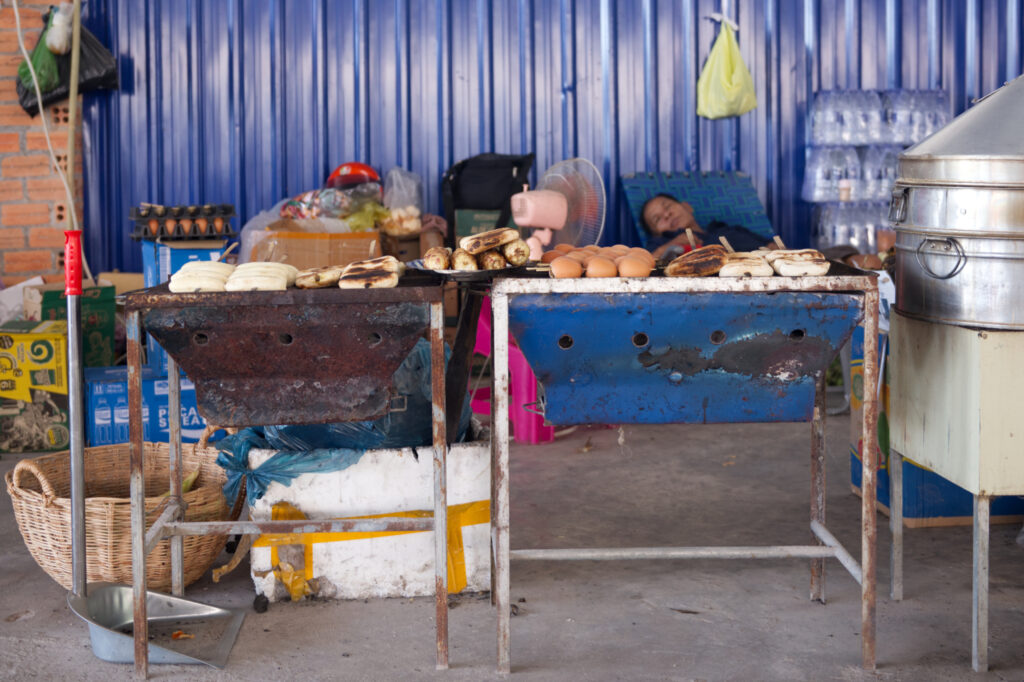
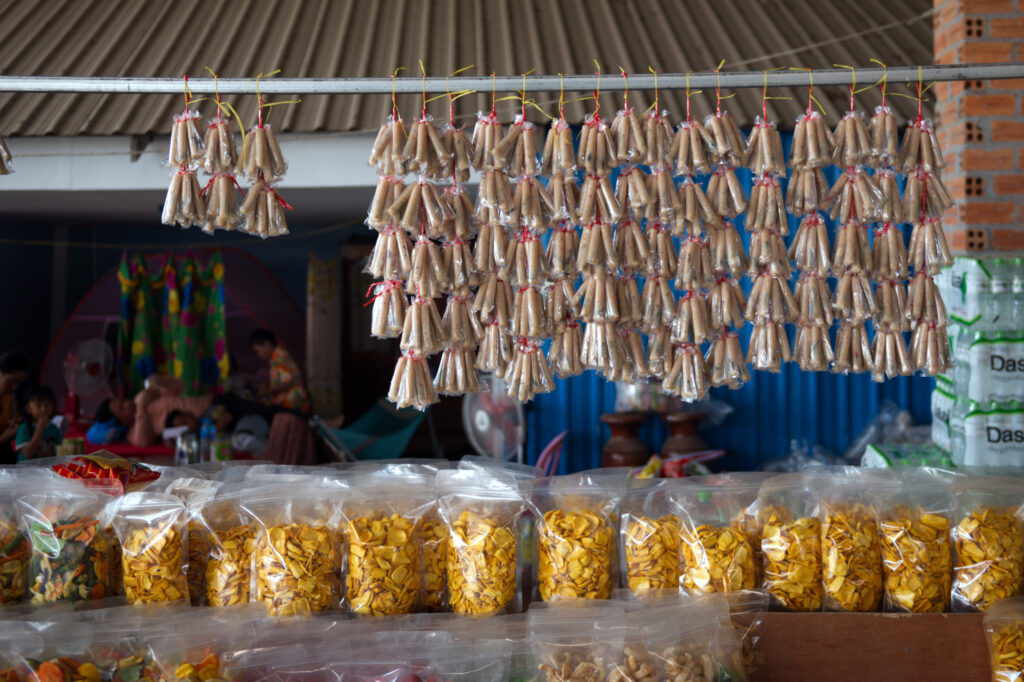
This was definitely one of those roadside establishments geared toward tourists—no prices listed anywhere! But I wasn’t falling for it. I’d had a big breakfast and figured I’d hold out for a good, proper sit-down meal.
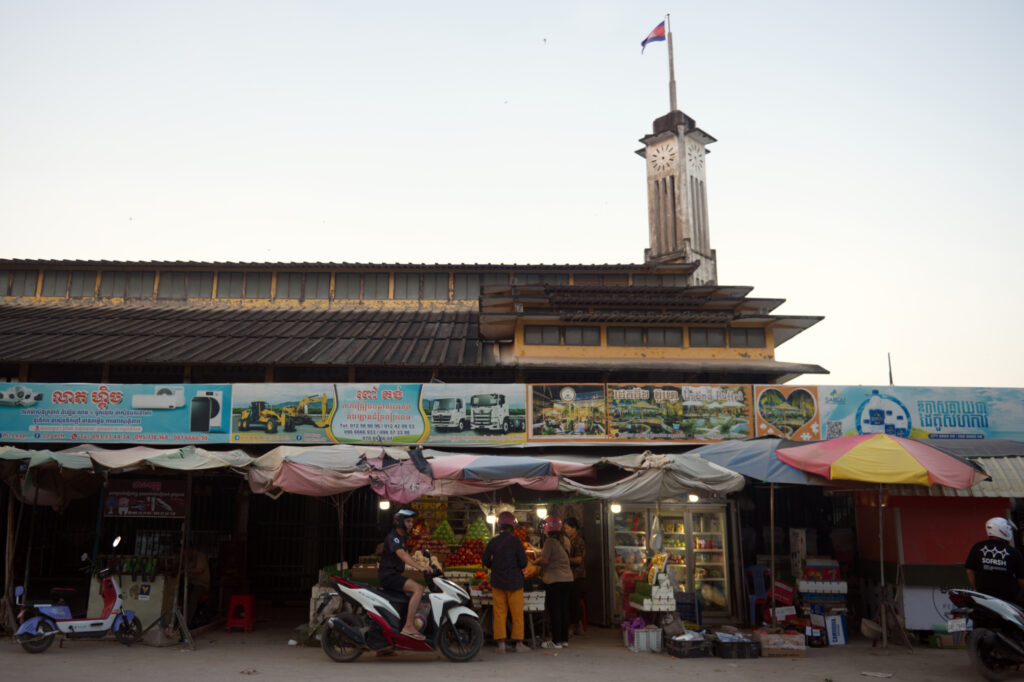
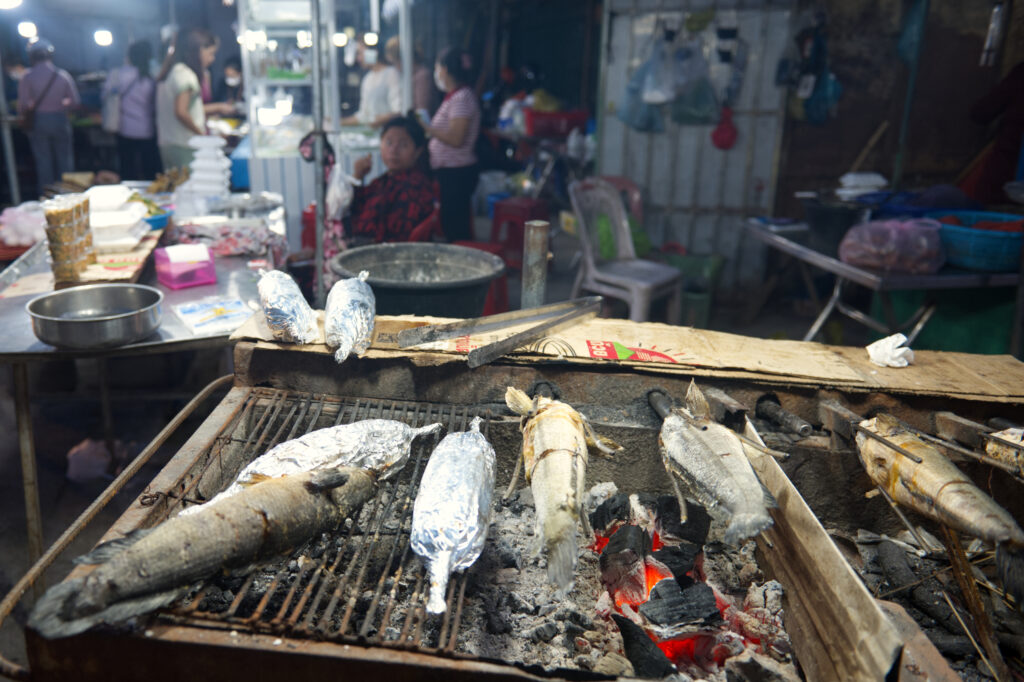
We eventually arrived in Battambang, traditionally considered Cambodia’s second-largest city — though it feels much more like a laid-back provincial town. It’s known for its French colonial architecture, a small but active arts scene, and the rice fields that stretch out just beyond the city center. There’s also a lively night market that gives the place a local energy after dark.
Historically, Battambang was part of what’s known as Inner Cambodia — a region that included areas like Angkor Wat and formed the heart of the Khmer Empire. But in the late 18th century, this region was annexed by Siam (modern-day Thailand), and for over a century, Battambang was governed by Thai-appointed rulers. It wasn’t until 1907, under pressure from France, that Siam agreed to cede Battambang (along with Siem Reap and other provinces) back to Cambodia as part of the Franco-Siamese Treaty. That treaty effectively redrew the map, returning large swaths of historically Cambodian territory to French Indochina — and by extension, to the Cambodian crown.
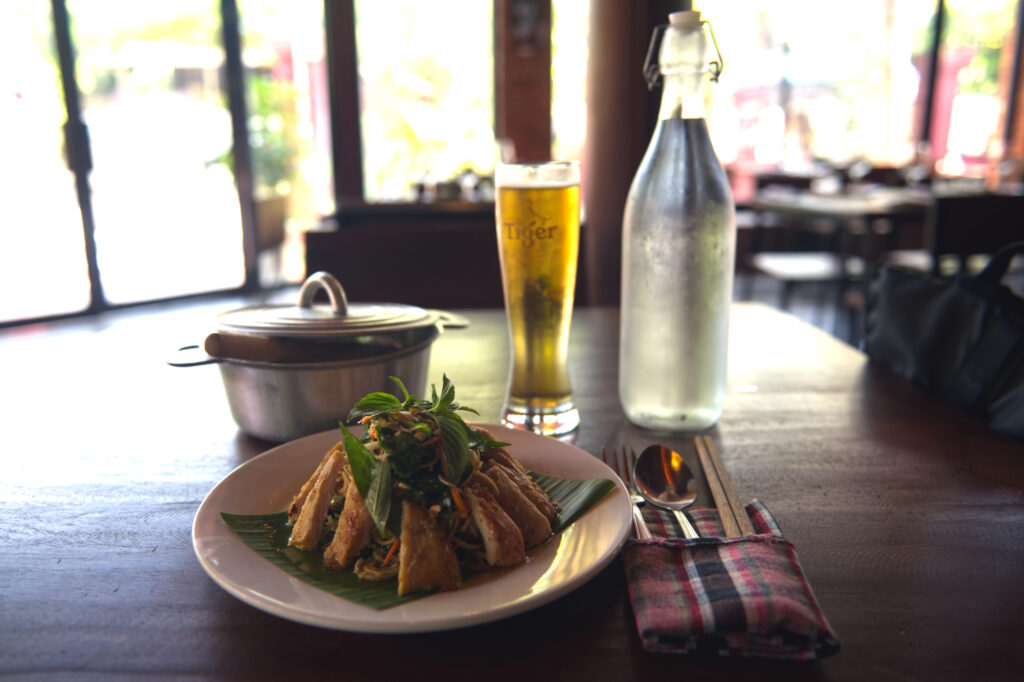
By the time I arrived, I was famished. I quickly checked into my hotel and found a proper Khmer restaurant nearby. It’s considered high-end by local standards, but the vibe was still casual. What cracked me up was when I asked for rice—they brought out an entire pot of freshly steamed rice. I probably ate more than I should have, but hey—better too much than too little. The dish I ordered was banana flour with chicken. The chicken was a little dry, but overall the meal was solid. An entree and two draft beers came out to just $6.75 USD. Total bargain.
Tomorrow, I have a full day ahead! I hired a guide to take me to all the big landmarks—Phnom Sampeau, the Bamboo Train, and Wat Banan, among others. I’m excited, although I’m sure I’ll be overwhelmed by everything we’re packing into one day. More to come!


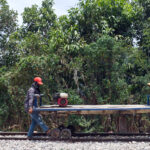

Comments are closed.